Film enthusiasts have found a renewed interest in analog photography, with many turning to film as a unique and creative outlet. According to industry reports, sales of film cameras and film stock have seen a significant increase in recent years, with many photographers seeking to experience the tactile nature of film photography.
Industry insiders attribute the resurgence in popularity to the desire for a more hands-on and immersive experience, as well as the distinct aesthetic and texture that film provides. "Film photography is a sensory experience that digital photography can't replicate," said Sarah Johnson, a professional photographer and film enthusiast. "There's something special about loading film into a camera, waiting for the shots to develop, and seeing the final prints."
The process of shooting film requires a different mindset and approach than digital photography. Photographers must consider factors such as film speed, ISO, and exposure time, as well as manually focusing their cameras. "Manual focusing can be a challenge, but it's also what makes film photography so rewarding," said Johnson. "It requires a level of patience and attention to detail that is often lacking in digital photography."
For those new to film photography, getting started can seem daunting. However, with the rise of online communities and resources, it's easier than ever to learn and connect with other film enthusiasts. Many photographers recommend starting with a basic film camera, such as the Canon AE-1 or the Nikon FM2, and experimenting with different types of film stock.
When it comes to choosing the right film, there are many options available. Positive film, such as Kodak Ektachrome, is ideal for landscape and portrait photography, while negative film, such as Ilford HP5, is better suited for black and white photography. "The best film for you will depend on your personal style and the type of photography you're doing," said Johnson. "Experiment with different types of film to find what works best for you."
In addition to the cost of film and cameras, photographers must also consider the cost of development. Many photographers opt to develop their own film at home, but for those who prefer a more convenient option, there are many professional development services available. The Memphis Film Lab, a popular development service, offers a range of options for film development, including black and white and color film.
As the demand for film photography continues to grow, industry experts predict that the market will continue to evolve. "We're seeing a shift towards more specialized and niche film stocks, as well as a greater emphasis on sustainability and environmental responsibility," said Emily Chen, a film industry analyst. "This is a exciting time for film photography, and we're eager to see where the market will go next."
In the meantime, film enthusiasts can continue to enjoy the unique experience and aesthetic of film photography. With the right equipment, knowledge, and resources, anyone can start shooting film and join the growing community of film enthusiasts.
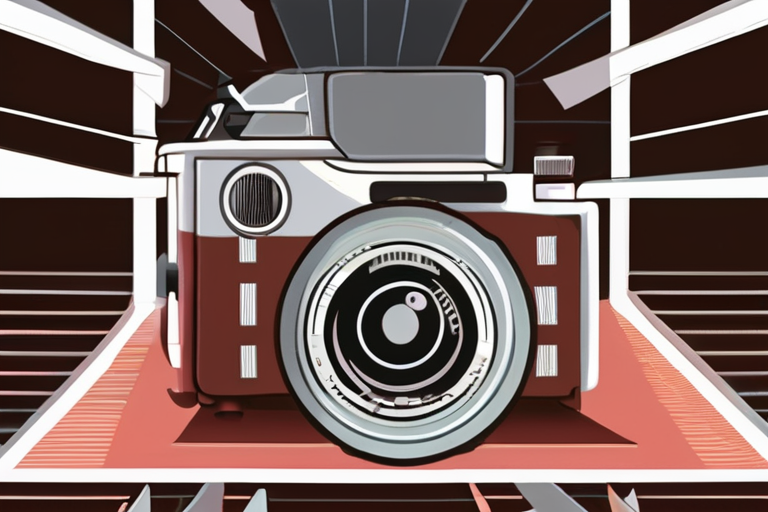





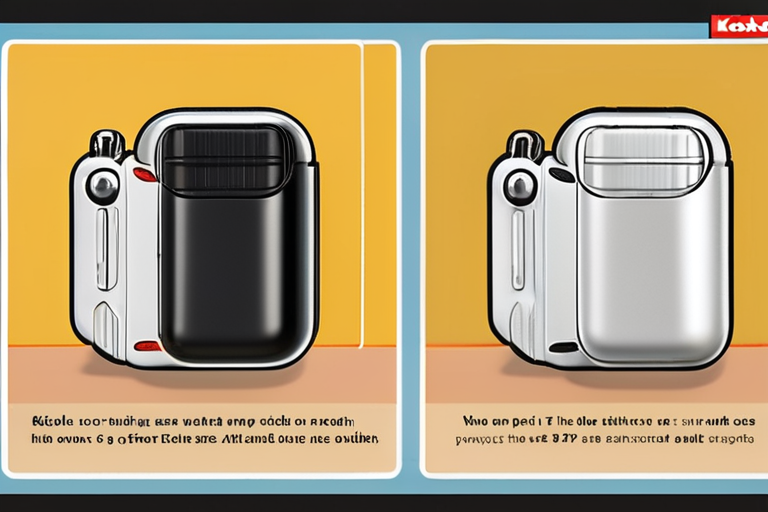


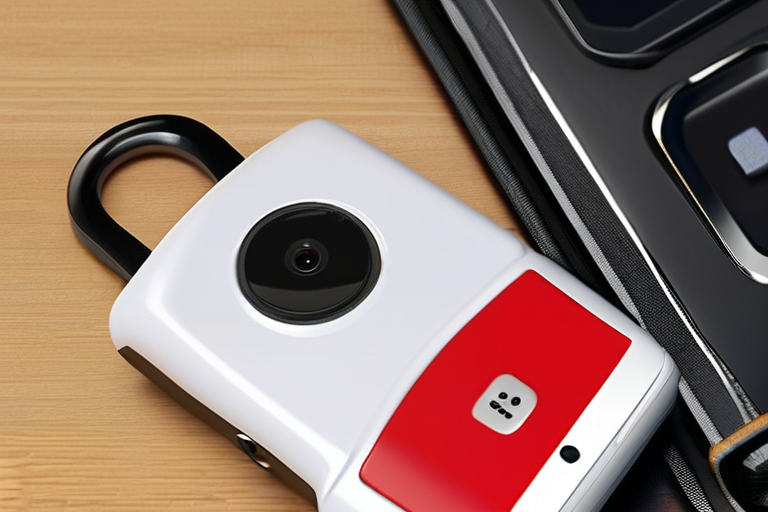
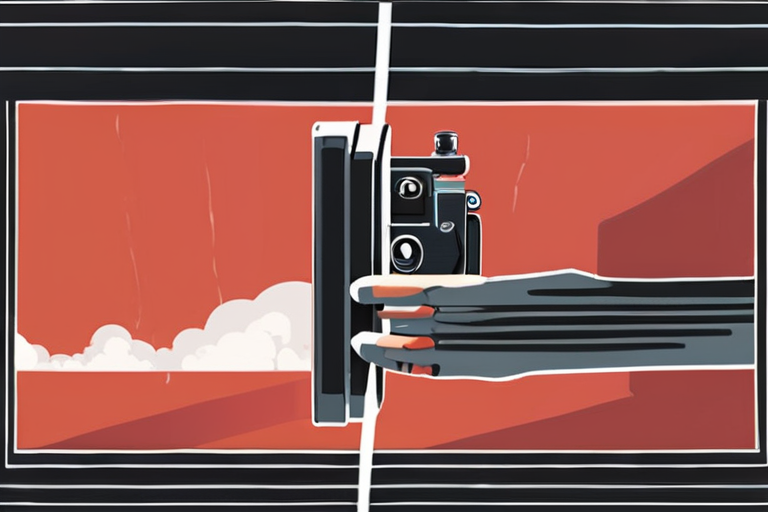
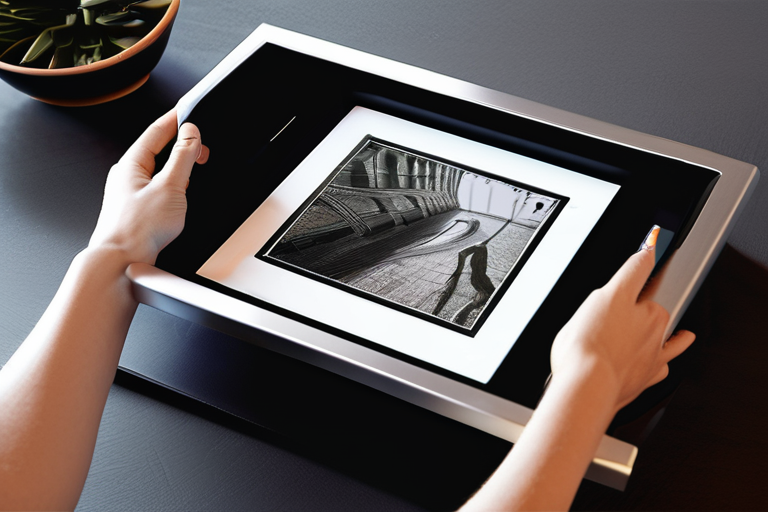


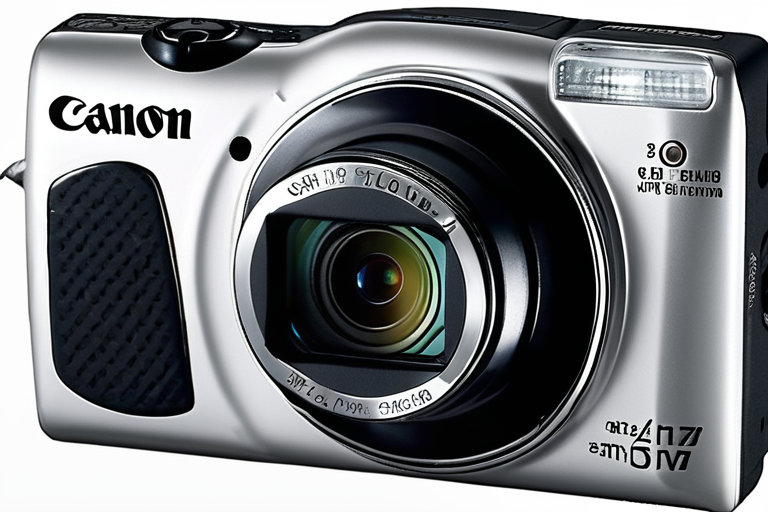






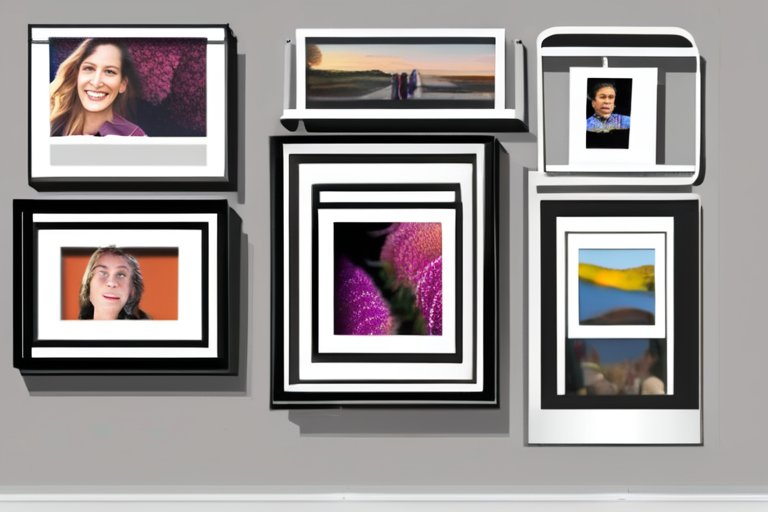
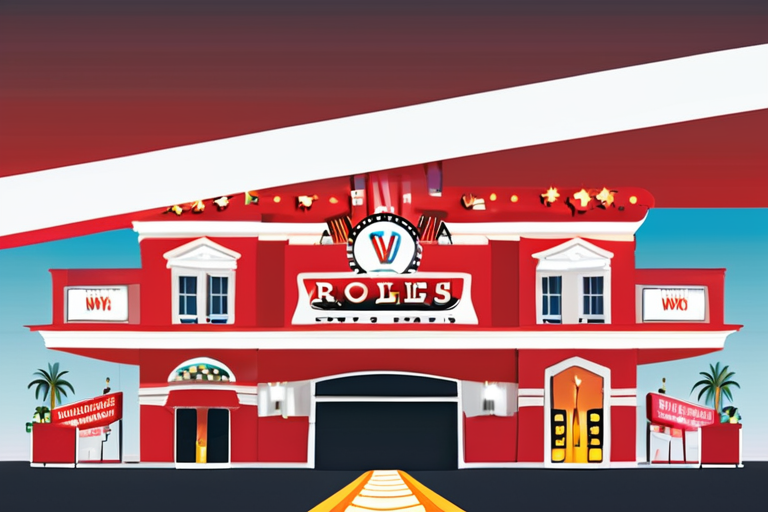
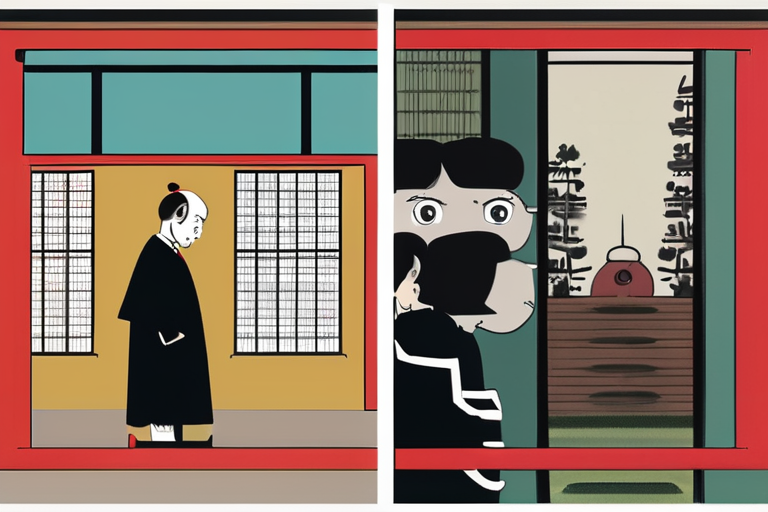

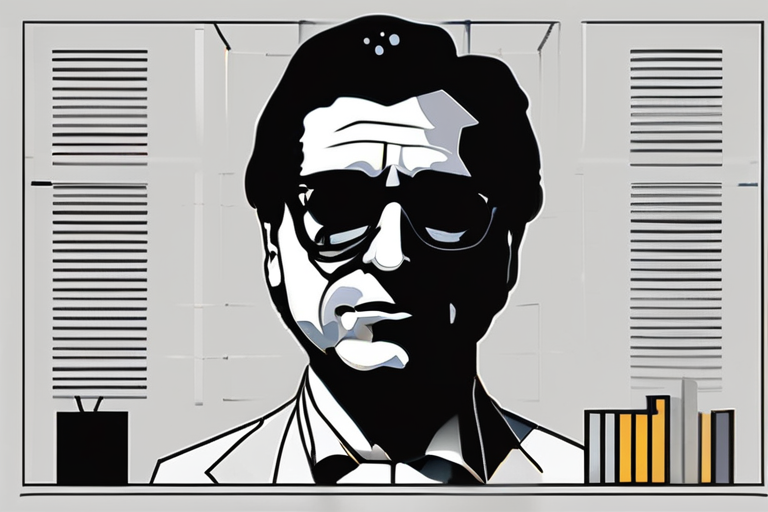
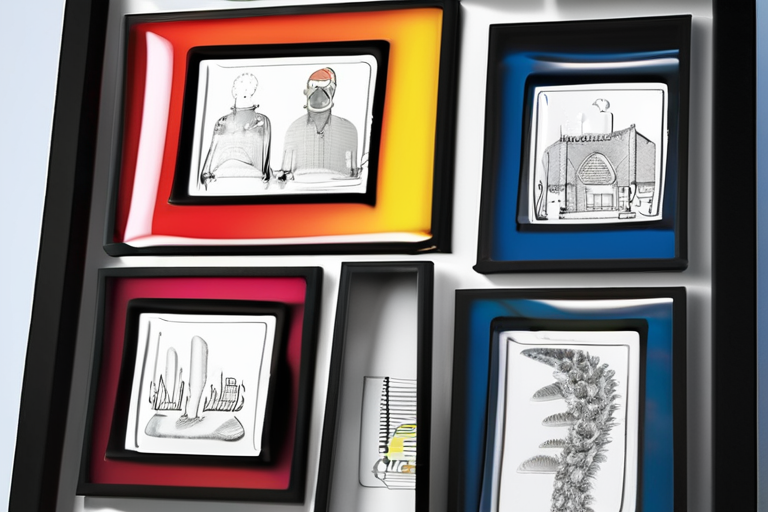
Share & Engage Share
Share this article